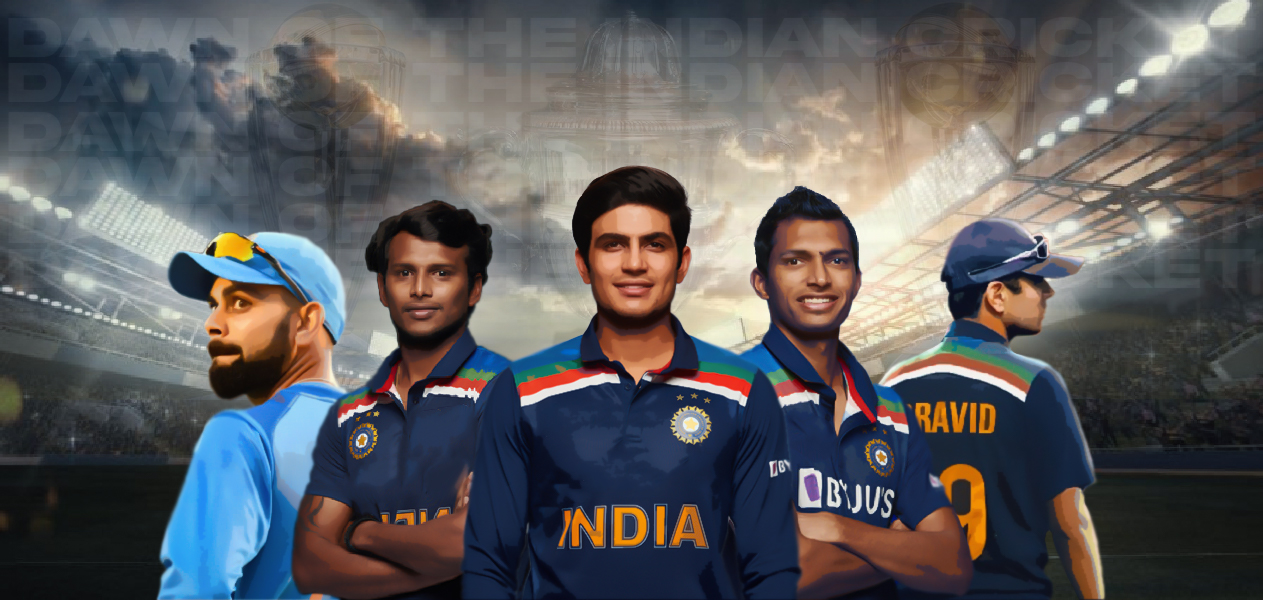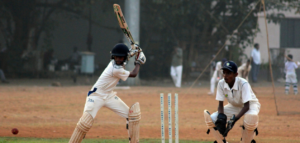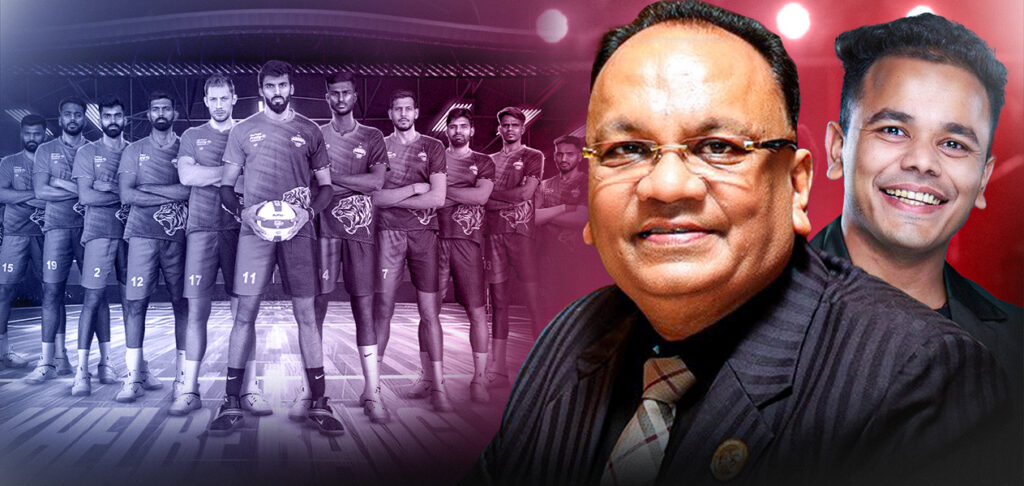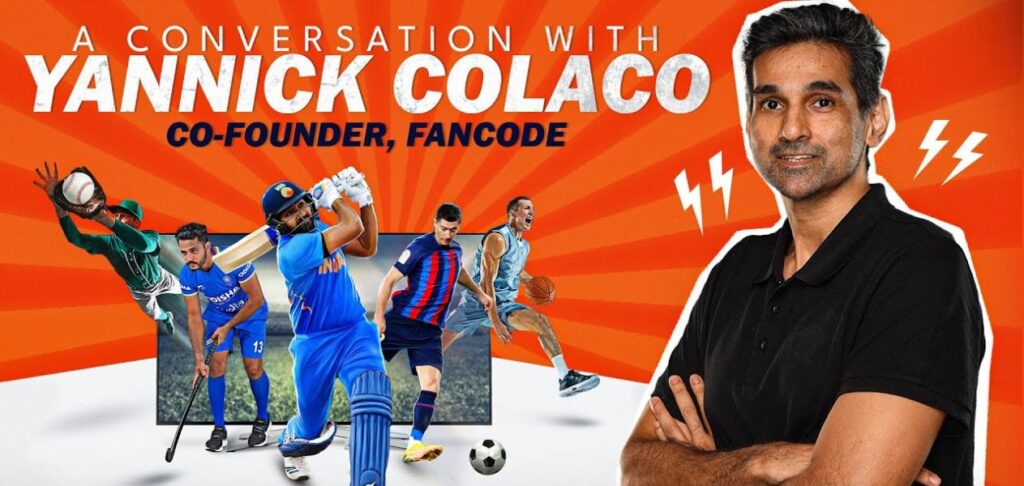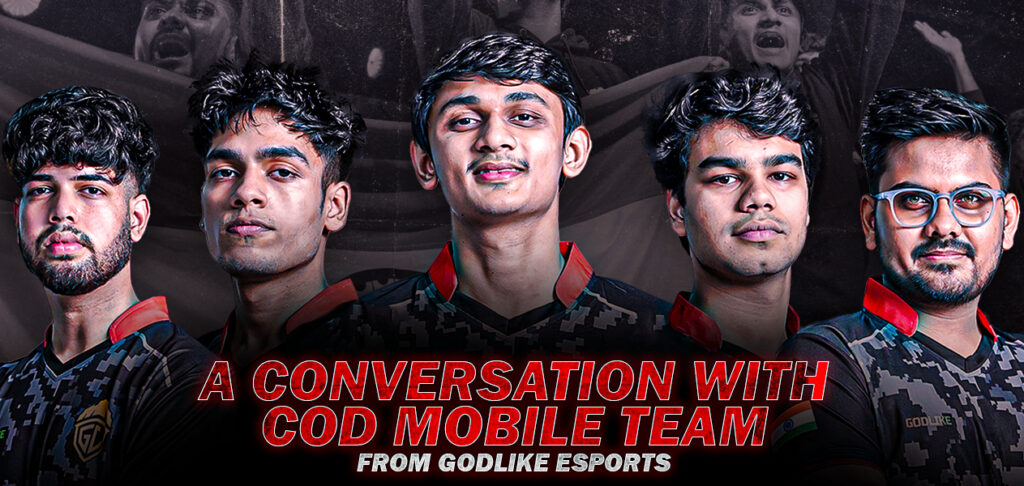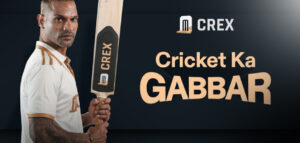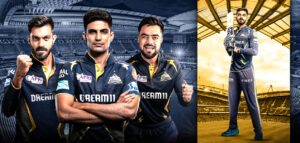The cricketing landscape looks a little different today, maybe it is because the ground has already moved, lifted, shifted and settled again. The aftermath of the World Test Championship seems a little redundant all of a sudden, because it barely scratched the surface of a question that has already been settled. New Zealand are the world Test champions, and there are no two ways about it. But whether they (or Australia, or England) can keep up with the exploits of the current Indian cricket team – as they’ve been pushing the bar higher with each passing year – remains to be seen. The future belongs to India, as it did in the past to the West Indies and Australia.
In the years ahead, these last 12 months may feel like a watershed moment, like India’s victory in the ’83 World Cup which sparked a boom in One-day International cricket, or the MS Dhoni-led underdogs who beat all odds and clinched the inaugural T20 World Cup which led to the creation of the biggest cricketing carnival in the world – the Indian Premier League (IPL). Taking the long view, barring a few misleading knockout heartaches, the recent history of cricket is the story of India’s rise, and everything else is just a subplot.
Also Read – CRICKET: THE DOMINANCE OF THE BIG THREE ON WORLD CRICKET
If one looks back at the history of cricket, it is the West Indies team of the ’70s and ’80s that stand at the top of the pinnacle, them being the winners of the first two ODI World Cups in ’75 and ’79 and the beaten finalists in the ’83 edition. As the quartet of Michael Holding, Malcolm Marshall, Joel Garner and Andy Roberts terrorised the opposition batsmen for over a decade, this West Indies side were the most complete team ever, from a fearless captain with vision in Clive Lloyd to genuine match-winners in Viv Richards, Jeff Dujon and Gordon Greenidge.
As the calendar turned to the last decade of the 20th century, the Caribbean side found able deputies in Curtly Ambrose and Courtney Walsh to take up the mantle of Holding and co. But trying to replace that enigmatic quartet with a duo is easier said than done. A certain “Prince of Trinidad” Brian Lara took centre-stage for the Windies, but a seismic shift in the world of cricket came in the summer of 1995 when Mark Taylor’s Australian side, with a fractured bowling unit, rolled over the mighty West Indians in a history-making 2-1 series win in Jamaica – the first time the West Indies had been beaten in 30 series in over 15 years.
A change of guard took place, and what followed only a few could foresee.
Also Read – BCCI v ICC – WHO CONTROLS WORLD CRICKET?
Although the Australian team lost the ’96 ODI World Cup final against Sri Lanka, thanks to an incredible 113* by Aravinda de Silva in the final and the leadership of their fierce leader Arjuna Ranatunga, the dominance of the Australian cricket team ran from the mid-90s, carried on through the Waughs and Pontings, and persisted somewhat till their win in the 2015 ODI World Cup. There was a time when Australia won every major ICC tournament that they took part in, right from winning three consecutive ODI World Cups (1999, 2003 and 2007) and winning successive ICC Champions Trophies in 2006 and 2009, to winning the Ashes in England in ’01 and crossing that final frontier by beating India in India in 2004.
However, the last decade has been India’s decade. As some of the pioneers of India’s second ODI World Cup triumph hung up their boots, India saw the emergence of a new breed of fearless cricketers, moulded by new blueprints set on a concrete process, which has borne plenty of fruits in the recent past. For instance, India have developed a formidable A-team programme, led by the head coach Rahul Dravid. They’ve played 33 first-class games in the last five years, which is more than twice as many as the matches played by either Australia A or the England Lions. And the programme is paying off: Mohammed Siraj has taken 70 first-class wickets for India A in the last three years, Navdeep Saini 34, and Shardul Thakur 24.
And, driving it all, of course, is the IPL, the best, the richest, the most glamorous and the most competitive cricket league in the world. For decades, the only way for cricketers to compete with the best in the world was to be able to make it to the Indian playing eleven, and that privilege was restricted to a small set. Not every national team had the same quality.
All of that changed with the introduction of the IPL, which brought the world’s best talent alongside, and against, not just India’s best talent but also the country’s second, third and fourth-string talent. In the last 13 years, at least a hundred Indian cricketers have honed their skills while competing against the world’s best, even if only in the shortest format. The considerable rise in standard beyond the domestic level to be competitive is the reason why a third-choice Indian team could beat a full-strength Australian side in its den.
Also Read – THE INDIAN CRICKET SYSTEM – WHAT MAKES THE INDIAN TEAM CHURN OUT TALENT YEAR AFTER YEAR?
Following the downfall during the latter stages of Duncan Fletcher’s tenure, legendary spinner Anil Kumble was appointed as the Indian coach in June 2016. In fact, his tenure resulted in wins against the West Indies (2-0), New Zealand (3-0), England (4-0), Bangladesh (1-0) and Australia (2-1). However, Kumble stepped aside one year later on account of the difference in opinion between him and Kohli. In came larger-than-life Ravi Shastri as the next head coach, but Kohli is an even larger-than-life personality in India. Both can have abrasive personalities, but there’s no denying that their desire to win and dislike for Australian domination of cricket makes it a match made in heaven.
Shastri, in his role as a commentator, was often heard to discuss the approach of Australia, particularly the Steve Waugh philosophy of mental disintegration, while Kohli completed Dhoni’s unfinished business of changing the entire mindset to one of resilience and a “can-win” attitude in the face of adversity. With Dravid, Shastri and Kohli at the helm, the future of Indian cricket, at least for the next decade, looks safe and promising.
Can India replicate the dominance of the West Indies and Australia? That’s a much harder proposition these days, with an extra form of the game, a frightful schedule, and not to forget a pandemic to circumnavigate. However, India have already got the right equation in place and as long as they avoid the pitfalls often associated with continual success, they are better equipped than any other country to produce an era of dominance.
The emergence of talents such as Shubman Gill, Mohammed Siraj, Navdeep Saini, Suryakumar Yadav, Ishan Kishan, T Natarajan and Axar Patel would have already been monumental if it happened over a period of 2-3 years, let alone just three months like it did. It really is a rosy picture, that is, if you are an Indian fan. For the rest of the world, it strikes a note of fear. And, as far as debutants are concerned, the likes of Kishan, Krunal Pandya and Suryakumar have all blasted half-centuries playing their first innings for India, while seamer Prasidh Krishna, in his maiden ODI, registered the best bowling figures by an Indian bowler on debut.
An abundance of talent like this is reminiscent of the West Indies and Australia during their hay days when they overflowed with quality players, many of whom struggled to even make the first XI.

